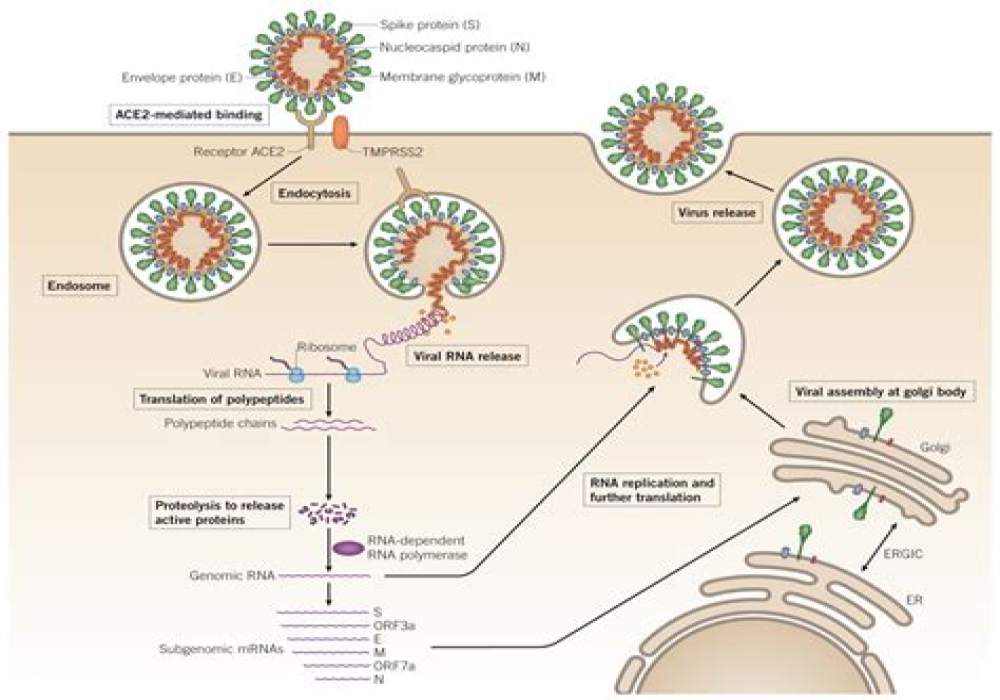Authors: By Benedette Cuffari, M.Sc.Reviewed by Emily Henderson, B.Sc.
In an effort to further understand and predict the health effects that can arise following infection by SARS-CoV-2, which is the infection that causes the disease COVID-19, many researchers have reevaluated the pathogenesis associated with coronaviruses that have already been identified. One type of coronavirus that has infected individuals around the world is HCoV-OC43.
A history of coronaviruses
In 1965, the first human coronavirus (HCoV) strain, which was eventually named B814, was identified from a patient’s nasal discharge. Since then, over 30 different HCoV strains have been isolated, the most notable of which include HCoV-229E, HCoV-NL63, HCoV-HLU1, and HCoV-0C43.
In addition to the aforementioned human-infecting coronavirus strains, several highly pathogenic zoonotic strains such as the severe acute respiratory syndrome coronavirus (SARS-CoV) of 2002, the Middle East respiratory syndrome coronavirus (MERS-CoV) of 2011 and the novel coronavirus COVID-19 that has, as of June 18, 2020, infected 8.24 million people and claimed the lives of over 446,000 thousand individuals around the world.
Classification of HCoV-OC43
Within the virus order of Nidiovirules is the suborder of Cornidovirineae. Within Cornidovirineae are two subfamilies known as Letovirinae and Orthocoronairinae.
All coronaviruses are within the subfamily of Orthocornavirinae; however, specific coronavirus strains can be further classified into one of four genera including Alphacoronavirus, Betacoronavirus, Gammacoronavirus, and Deltacoronavirus. Whereas HCoV and HCoV-NL63 are found in the Alphacoronavirus genus, HCoV-OC43, as well as HCoV-HKU1, MERS-CoV, SARS-CoV and SARS-CoV-2 are all classified within the Betacoronavirus genus.
How does HCoV-OC43 enter cells?
The entry of HCoV-OC43 into human cells is largely achieved through the caveolin-1-dependent pathway of endocytosis; however, virus-containing vesicles at the cell surface can also undergo scission to also penetrate human cells.
Notably, while host factors like interferon-inducible transmembrane proteins (IFITMs) often prevent the entry of coronaviruses like HCoV-229E, -NL63, SARS-CoV and MERS-CoV from entering cells through its various antiviral functions, IFITM2 and IFITM3 promote the entry and subsequent infection of HCoV-OC43 into human cells.
For More Information: https://www.news-medical.net/health/What-is-OC43.aspx
